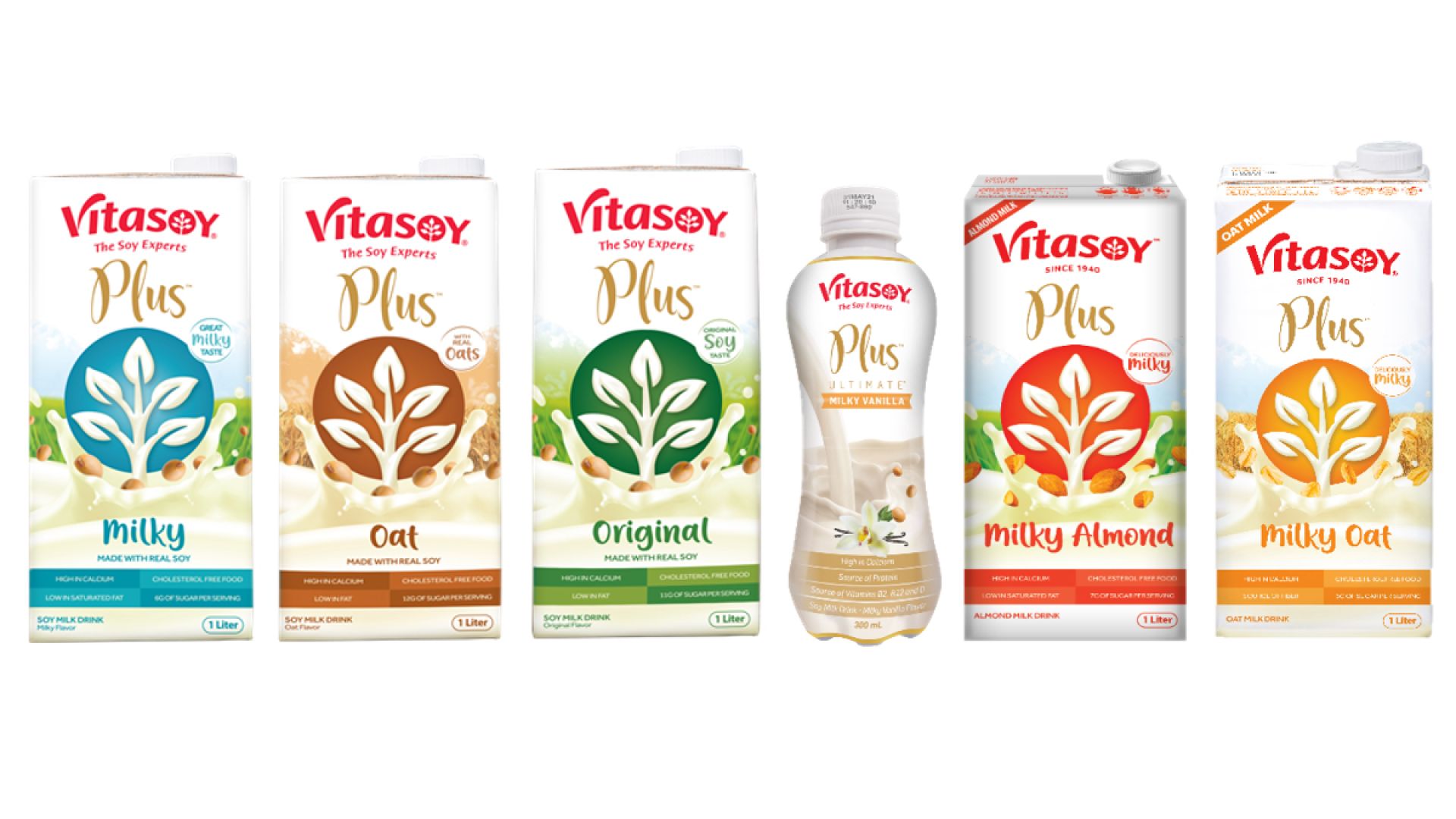Philippines – Did you know that plant-based milk is becoming more and more popular all around the world especially here in our country, the Philippines? As part of their fitness and wellness regimens, several Filipinos have begun investigating non-lactose options or alternatives for healthy lifestyle living.
This year, plant-based products placed fourth in global food trends as more people purchase them for their homes. For those who are looking to try out plant-based milk, here are some helpful facts to keep in mind:
#1 Plant milks are nutritious, thanks to the natural goodness from plants.
In addition to their intrinsic nutritional benefits, plant milks can be enriched with calcium and vitamin D, the key essential micronutrients present in milk. Other nutritional benefits of plants used in beverages include:
Plant Varieties |
Key Nutritional Benefits |
Soy |
High-quality protein and healthy polyunsaturated fats |
Oat |
Gut-friendly dietary fiber and heart-healthy beta-glucan |
Almond |
Vitamin E antioxidant and healthy monounsaturated fats |
For some products, such as Vitasoy Plus (Milky Flavor, Oat Flavor, Original Flavor, Milky Vanilla Flavor, Milky Oat Flavor and Milky Almond Flavor), fortified plant milk can even provide as much as 36% more calcium than regular milk.
Plant milk made from soy, oat and almond, can be enriched with calcium and vitamins in addition to their intrinsic benefits.
#2 Plant milks can serve different dietary needs.
Other than being rich in calcium, fortified plant milks are naturally free of lactose and cholesterol and tend to contain less calories and saturated fat than regular milk. Hence, they are suitable for people with different dietary needs, including health-conscious individuals, those who follow a plant-based, flexitarian or vegan diet. This also includes people who are lactose intolerant.
Plant milks are naturally lactose- and cholesterol-free, lower in calories (compared to dairy) and vegan friendly
#3 Plant milk is more planet-friendly.
According to The State of Food Security and Nutrition in the World 2020, more than seventy five percent of diet-related greenhouse gas emissions come from animal-sourced foods consumed worldwide. Dairy, or more popularly known as cow’s milk, is the second contributor to global greenhouse gas emissions, with 25% share, according to reports from international health organizations. By shifting to a plant-based diet, greenhouse gas emissions can be reduced significantly.
The production of plant milk has also been found to have lower environmental impact as it uses less water and land, and emits less carbon compared to the production of dairy milk.
The study by Poore & Nemecek shows the production of plant milk has a much lower environmental impact.
#4 National dietary guidelines recommend plant milks as a part of diverse diet
Plant milks can be delicious choices for consumers who want to have a diverse diet that consists of cereals, legumes, nuts and seeds, whole grains, soybeans. A diverse diet is recommended by many national dietary guidelines, such as:
Dietary Guidelines |
Recommendations |
Australian Dietary Guidelines |
For those who prefer to avoid dairy products, alternatives that have added calcium, such as soy, rice, or other cereal drink with at least 100mg of added calcium per 100ml, can be chosen as an alternative to dairy products. |
Canada’s Food Guide |
Daily intake of food from the dairy group is no longer recommended. Both dairy product and unsweetened fortified soy beverages are recommended as protein food. The Guide recommends increasing consumption of protein foods from plants. |
The EatWell Guide-UK |
Soya milks, and other plant milks (rice, oat, almond, hazelnut, coconut, quinoa and potato milks) can be alternative drinks to replace milk and dairy products. |
The Dietary Guidelines for Americans, 2020-2025 |
Fortified soy beverages (with calcium, vitamin A, and vitamin D) can be included as part of the dairy group because they are similar to milk, based on nutrient composition. Other plant milks can be chosen as sources of calcium. |







